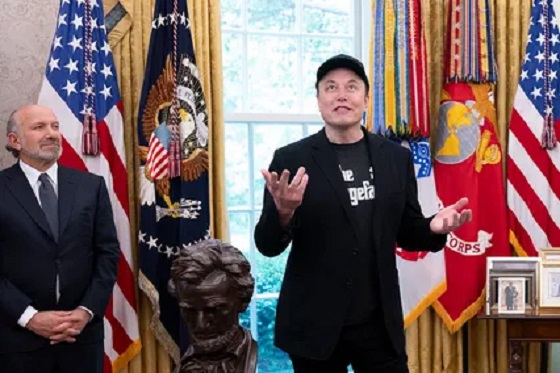Alberta
Prairie farmers hope for ‘normal’ season after volatile couple of years
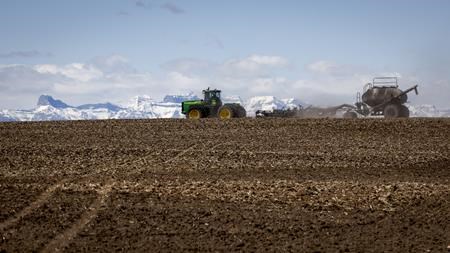
CALGARY — Third-generation farmer Greg Sears is more than ready for a crop year without any curve balls in it.
In 2021, farmers were thrown a big one in the form of the severe drought that withered crops across Western Canada, including on Sears’ farm just north of Grande Prairie, Alta.
Then last year — even as the war in Ukraine drove grain and oilseed prices to record highs — inflationary pressures led to dramatic spikes in the cost of everything from fertilizer to fuel to tractor tires, leading some in the industry to dub 2022 as the most expensive crop year in history.
“Roller coaster ride, is a good way to describe it,” said Sears, of the volatility that has affected Canadian agriculture in the last 24 months.
“I’m kind of hoping (2023) will be, for what it amounts to, a normal year.”
Sears made the comments in a recent interview from his farm, where the weather has only recently changed to what he describes as “spring-ish” conditions.
While it will likely still be a few weeks before his fields dry up enough to start seeding his wheat, barley and canola, Sears said he feels a mix of hope and “nervous anticipation.”
On one hand, crop prices remain high from a historical perspective — though not as high as last year — and Canadian farmers are eager to meet the growing global demand for food.
“Most indications suggest farmers are going to hit the fields hard this year, with planted acreage expected to be a near record,” Edward Jones analyst Steve Hansen wrote in a recent research note, in which he suggested that if everything goes well, Canadian farmers could deliver a “Top 5 harvest” this fall.
But the memory of 2021’s record-breaking heat and drought in Western Canada weighs on many farmers who experienced it.
“We used to have a certain expectation for what our worst-case scenario was, and 2021 really reset that limit,” Sears said.
“We were affected as much as anybody. It wasn’t a very good scene for most people in our area.”
While 2021 was the worst one, western farmers have suffered through multiple drier-than-average growing seasons in the past decade.
And as of the end of February, Agriculture and Agri-Food Canada’s drought monitor map shows vast swathes of B.C., Alberta and Saskatchewan as being “abnormally dry” or already in a drought condition.
That’s a worry, Sears said.
“We haven’t really had good solid rains to build up the subsoil moisture again,” he added.
“And we didn’t get the big, big snows that we typically get in February or March. It was pretty sparse.”
Another concern is inflation, which Farm Credit Canada chief economist J.P Gervais said could impact farm profitability this year. While fertilizer and diesel costs have come down somewhat from last year, they remain historically high. And interest rates are much higher than they were at this point in 2022, which will be an issue for some farmers.
“The financial health of some operations depends on ‘do you own your land, and how much interest payments do you have to pay on that land?’” Gervais said.
“Certainly a concern for producers is that input costs are going to be very high this year overall,” said Bill Prybylski, who farms near the city of Yorkton in southeast Saskatchewan.
But Prybylski, who is heading into his 41st year of farming, said he believes most producers in his area are optimistic in spite of the risks.
“I think we’re looking at having a pretty start to the crop year here,” he said.
“But obviously a lot can happen between now and harvest.”
This report by The Canadian Press was first published April 17, 2023.
Amanda Stephenson, The Canadian Press
Alberta
Cross-Canada NGL corridor will stretch from B.C. to Ontario
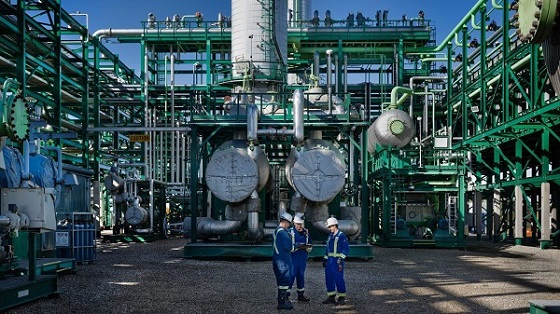
Keyera Corp.’s natural gas liquids facilities in Fort Saskatchewan. Photo courtesy Keyera Corp.
From the Canadian Energy Centre
By Will Gibson
Keyera ‘Canadianizes’ natural gas liquids with $5.15 billion acquisition
Sarnia, Ont., which sits on the southern tip of Lake Huron and peers across the St. Clair River to Michigan, is a crucial energy hub for much of the eastern half of Canada and parts of the United States.
With more than 60 industrial facilities including refineries and chemical plants that produce everything from petroleum, resins, synthetic rubber, plastics, lubricants, paint, cosmetics and food additives in the southwestern Ontario city, Mayor Mike Bradley admits the ongoing dialogue about tariffs with Canada’s southern neighbour hits close to home.
So Bradley welcomed the announcement that Calgary-based Keyera Corp. will acquire the majority of Plains American Pipelines LLP’s Canadian natural gas liquids (NGL) business, creating a cross-Canada NGL corridor that includes a storage hub in Sarnia.
“As a border city, we’ve been on the frontline of the tariff wars, so we support anything that helps enhance Canadian sovereignty and jobs,” says the long-time mayor, who was first elected in 1988.
The assets in Sarnia are a key piece of the $5.15 billion transaction, which will connect natural gas liquids from the growing Montney and Duvernay plays in B.C. and Alberta to markets in central Canada and the eastern U.S. seaboard.
NGLs are hydrocarbons found within natural gas streams including ethane, propane and pentanes. They are important energy sources and used to produce a wide range of everyday items, from plastics and clothing to fuels.
Keyera CEO Dean Setoguchi cast the proposed acquisition as an act of repatriation.
“This transaction brings key NGL infrastructure under Canadian ownership, enhancing domestic energy capabilities and reinforcing Canada’s economic resilience by keeping value and decision-making closer to home,” Setoguchi told analysts in a June 17 call.
“Plains’ portfolio forms a fully integrated cross Canada NGL system connecting Western Canada supply to key demand centres across the Prairie provinces, Ontario and eastern U.S.,” he said.
“The system includes strategic hubs like Empress, Fort Saskatchewan and Sarnia – which provide a reliable source of Canadian NGL supply to extensive fractionation, storage, pipeline and logistics infrastructure.”
Martin King, RBN Energy’s managing director of North America Energy Market Analysis, sees Keyera’s ability to “Canadianize” its NGL infrastructure as improving the company’s growth prospects.
“It allows them to tap into the Duvernay and Montney, which are the fastest growing NGL plays in North America and gives them some key assets throughout the country,” said the Calgary-based analyst.
“The crown assets are probably the straddle plants in Empress, which help strip out the butane, ethane and other liquids for condensate. It also positions them well to serve the eastern half of the country.”
And that’s something welcomed in Sarnia.
“Having a Canadian source for natural gas would be our preference so we see Keyera’s acquisition as strengthening our region as an energy hub,” Bradley said.
“We are optimistic this will be good for our region in the long run.”
The acquisition is expected to close in the first quarter of 2026, pending regulatory approvals.
Meanwhile, the governments of Ontario and Alberta are joining forces to strengthen the economies of both regions, and the country, by advancing major infrastructure projects including pipelines, ports and rail.
A joint feasibility study is expected this year on how to move major private sector-led investments forward.
Alberta
Alberta school boards required to meet new standards for school library materials with regard to sexual content

Alberta’s government has introduced new standards to ensure school library materials are age-appropriate.
School libraries should be safe and supportive places where students can learn and explore without being exposed to inappropriate sexual content. However, in the absence of a consistent standard for selecting age-appropriate library materials, school boards have taken different approaches, leading to concerns about safeguards in place.
In response to these concerns, and informed by feedback from education partners and the public, Alberta’s government has created standards to provide school boards with clear direction on the selection, availability and access to school library materials, such as books.
“Our actions to ensure that materials in school libraries don’t expose children to sexual content were never about banning books. These new standards are to ensure that school boards have clear guidance to ensure age-appropriate access to school library materials, while reflecting the values and priorities of Albertans.”
The new standards set clear expectations for school library materials with regard to sexual content and require school boards to implement policies to support these standards.
Standards for school library materials
Under the new standards, school libraries are not permitted to include library materials containing explicit sexual content. Non-explicit sexual content may be accessible to students in Grade 10 and above, provided it is age-appropriate.
“Protecting kids from explicit content is common sense. LGBTQ youth, like all children, deserve to see themselves in stories that are age-appropriate, supportive and affirming – not in material that sexualizes or confuses them.”
School boards must also regularly review their school library collections, publish a full list of available materials and ensure that a staff member supervises students’ access to school library materials. School boards will have to remove any materials with explicit sexual content from their school libraries by October 1.
School board policies and procedures
All school boards must have publicly available policies that align with the new standards for selecting and managing library materials by January 1, 2026. School boards can either create new policies or update existing ones to meet these requirements.
These policies must outline how school library materials are selected and reviewed, how staff supervise students’ access throughout the school day, and how a student, parent, school board employee or other member of the school community can request a review or removal of materials in the school library. School boards are also required to clearly communicate these policies to employees, students and parents before January 2026.
“A robust, grade- and age-appropriate library catalogue is vital for student success. We welcome the ministry’s initiative to establish consistent standards and appreciate the ongoing consultation to help craft a plan that will serve our families and communities well.”
“Red Deer Public Schools welcomes the new provincial standards for school library materials. Our division is committed to maintaining welcoming, respectful learning spaces where students can grow and thrive. Under the new standards for school libraries, we remain dedicated to providing learning resources that reflect our values and support student success.”
Quick facts
- The new standards will apply to public, separate, francophone, charter and independent schools.
- The ministerial order does not apply to municipal libraries located within schools or materials selected for use by teachers as learning and teaching resources.
- From May 26 to June 6, almost 80,000 people completed an online survey to provide feedback on the creation of consistent standards to ensure the age-appropriateness of materials available to students in school libraries.
Related information
- Ministerial Order
- School library standards engagement
- Reference Materials: Content warning: this document contains graphic content that may be disturbing to viewers and is not appropriate for young viewers. Viewer discretion is advised.
-
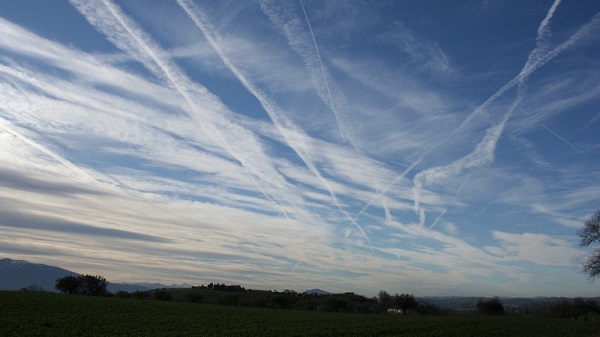
 Environment2 days ago
Environment2 days agoEPA releases report on chemtrails, climate manipulation
-
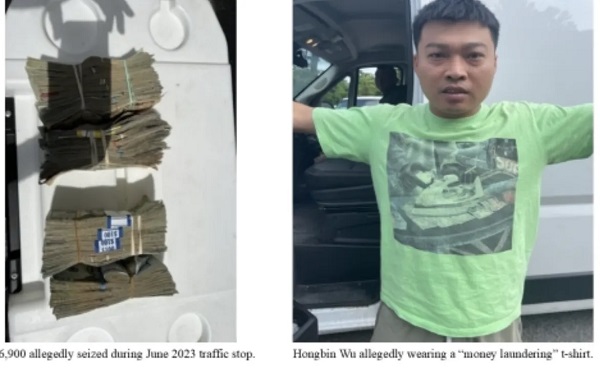
 Crime2 days ago
Crime2 days agoSweeping Boston Indictment Points to Vast Chinese Narco-Smuggling and Illegal Alien Labor Plot via Mexican Border
-
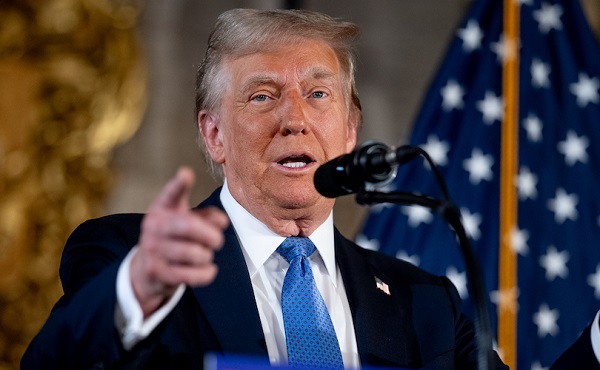
 Business2 days ago
Business2 days agoTrump slaps Brazil with tariffs over social media censorship
-

 National1 day ago
National1 day agoHow Long Will Mark Carney’s Post-Election Honeymoon Last? – Michelle Rempel Garner
-
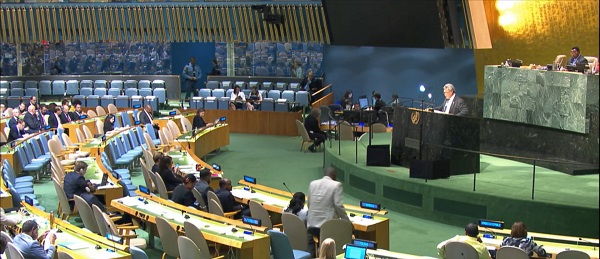
 Business2 days ago
Business2 days agoUN’s ‘Plastics Treaty’ Sports A Junk Science Wrapper
-

 espionage1 day ago
espionage1 day agoFBI’s Dan Bongino may resign after dispute about Epstein files with Pam Bondi
-

 Business2 days ago
Business2 days agoCBC six-figure salaries soar
-

 Addictions2 days ago
Addictions2 days agoCan addiction be predicted—and prevented?


